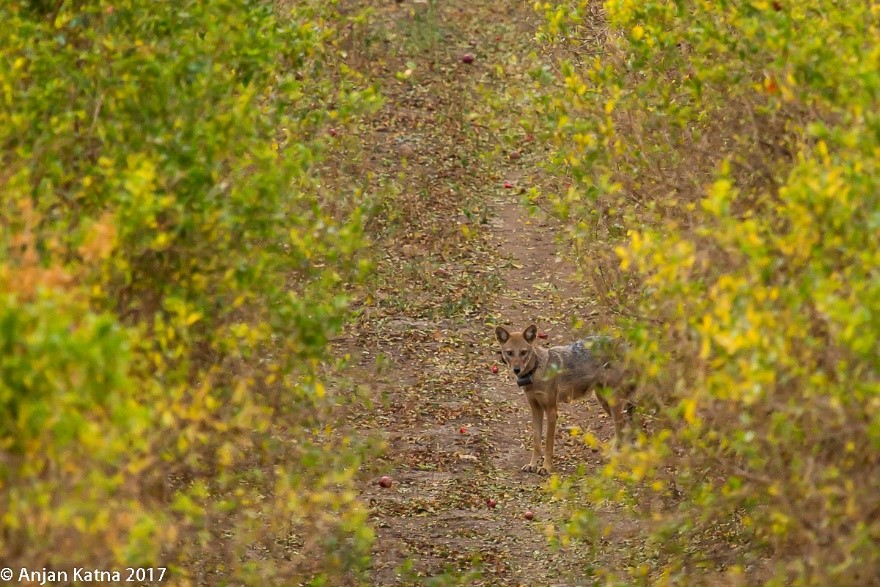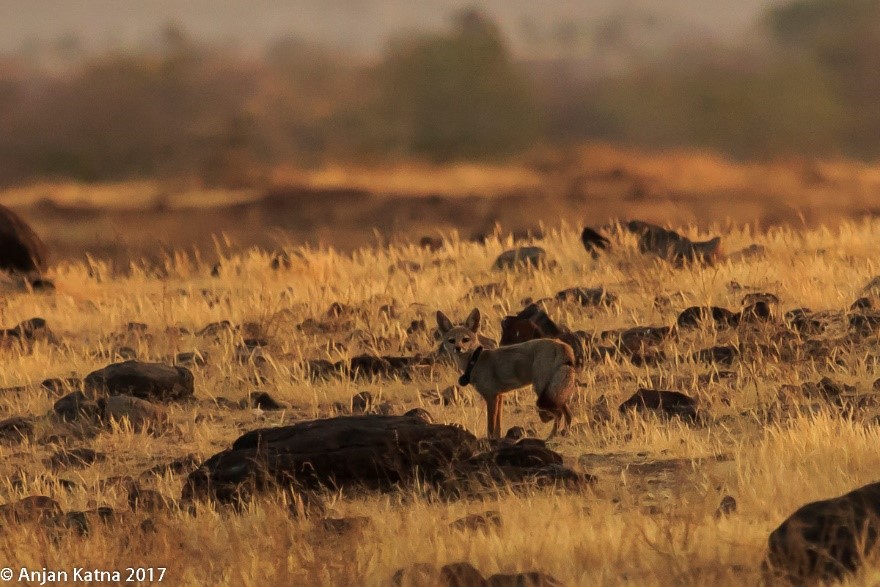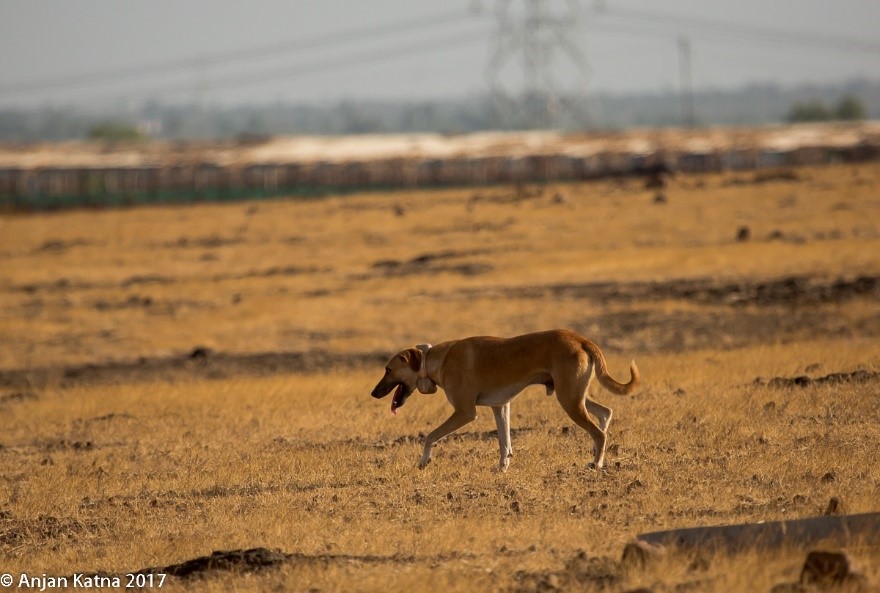
ResourcesPathways of resource utilization and disease transmission among domestic and wild canids in human-dominated landscapes


GPS-collared Golden Jackal & GPS-collared Indian Fox. Photo credit: Anjan Katna

GPS-collared domestic dog. Photo credit: Anjan Katna
Project:
A key feature of the semi-arid savanna biome in India is that these are coupled social-ecological systems, with high dependencies and feedback between anthropogenic use and biodiversity persistence. These landscapes thus harbor a variety of native species, by providing a matrix of several habitat types. The ability to persist in these ecosystems is dependent on whether species are specialists or generalists, with some (golden jackal) using human-modified habitats, whereas others (Indian fox) relying on remnant patches of native habitat. These species also interact with domestic animals, such as free ranging dogs, at multiple levels. As these species compete for common resources, they are also involved in transmission of zoonotic diseases, such as rabies, which can also infect humans. Understanding how these species utilize the landscape is a prerequisite for both conservation planning of the native species and mapping pathways of disease transmission for overall human and animal well-being. Thus, under the ‘One-Health’ approach, we examine the resource use and linkages between domestic and wild canids by combining aspects of animal ecology with epidemiology. We use high-resolution movement data and sero-epidemiological surveys to identify the resource use patterns of these species and the human-domestic animal-wild animal disease transmission pathways.
Researchers:
Dr. Abi Tamim Vanak, ATREE, India
Dr. Maria Thaker, Indian Institute of Science
Abhijeet Kulkarni, ATREE
Anjan Katna, ATREE
Links:
Our project data is uploaded to www.movebank.org

